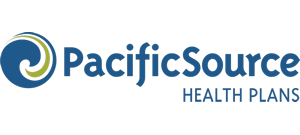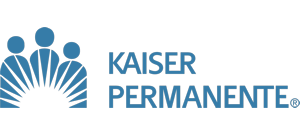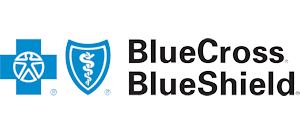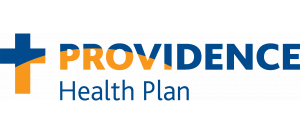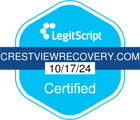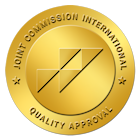Peyote, LSD, PCP, and other hallucinogens affect your perception. This quality makes them irresistible to some users. Are they safe to use? What are the short and long-term hallucinogens effects you need to know about?
Do you need to know more about substance use treatment? Get answers. Call us today at 866.262.0531.
The Serotonin Connection
Hallucinogenic drugs affect serotonin levels in the brain. This neurotransmitter plays an influential role when it comes to mood regulation and perception. That said, it also connects with the direct physical reactions you have to the things around you. Not only might you see things that aren’t there, but your fight-or-flight response can also activate. You may feel energized and euphoric or, alternatively, experience dread. Some hallucinogens are known to increase the risk of anxiety or psychotic episodes.
Initial and Short-Term Hallucinogens Effects
Within 30 minutes, you start to feel the first hallucinogens effects. Over the next hour, they ramp up. Depending on the drug you used, you may continue to experience the impact for about eight to 12 hours. It’s difficult to anticipate how you’ll react to the substance each time you take it.
Your stress level, surroundings, and recent experiences factor into the “trip.” Most commonly, hallucinogens start by altering your perception of reality. Colors change. Things that are standing still appear to be moving.
You may also see things that aren’t there. Some users report feeling like bugs are crawling on their skin. Bad trips are terrifying experiences. They take on a nightmarish feel that you can’t escape while the drug is in your system.
Long-Term Effects of Hallucinogenic Drug Abuse
When you repeatedly use a hallucinogen, you cause your body to respond. It may do so with spikes in heart rate, blood pressure, and body temperature. You sweat a lot, feel dizzy, and might dehydrate. Because your body builds a tolerance to the drug quickly, you increase the dose and heighten the physiological stress.
Over time, you have a difficult time separating reality from “trips.” Flashbacks are common. Some people develop psychosis, which results in an inability to connect with reality. Others develop a hallucinogen persisting perception disorder (HPPD) that injects hallucinations in real settings.
You may not always be able to tell what’s real and what isn’t. It’s possible to develop anxiety or depression because of these conditions. You may also be unable to function cognitively the way that you used to. Addiction help from a quality treatment center provides the help you need to quit abusing hallucinogens.
Rehab Helps Overcome the Psychological Addiction

Getting help is possible at a rehab facility. Because of the unpredictable effects of hallucinogenic drugs, it’s a good idea to pick a residential setting. There, therapists monitor your progress throughout your stay. They also provide therapeutic responses such as:
Cognitive-Behavioral Therapy
Cognitive-behavioral therapy (CBT) is a form of psychotherapy used to treat addiction and other mental health disorders. CBT focuses on helping people identify and change patterns of thinking and behavior that may be contributing to their addiction or disorder. It teaches skills for managing stress, reducing cravings, and improving relationships with others.
Dialectical Behavior Therapy
Dialectical behavior treatment (DBT) is a form of cognitive-behavioral therapy specifically designed to help individuals with substance use disorders. DBT combines mindfulness and acceptance strategies, such as recognizing the present moment’s emotions without judgment, with cognitive techniques, such as problem-solving to address difficult thoughts or behaviors.
Dual Diagnosis Treatment
Dual diagnosis treatment is a form of therapy designed to treat addiction and any underlying mental health issues present. It focuses on addressing both the behavioral and psychological components associated with addiction, recognizing that treating the two together can be more effective than addressing them separately.
Trauma Treatment
Trauma treatment for addiction is a form of therapy specifically designed to address past traumatic events and how they may be contributing to addictive behaviors. It involves exploring the emotions associated with trauma, understanding its impact on an individual’s life, and learning ways to cope with it in healthy ways.
Family Therapy
Family therapy is a form of therapy specifically designed to help family members better understand and support their loved one who is struggling with addiction. It focuses on exploring the dynamics within the family, identifying unhealthy patterns of communication, and teaching families new ways to interact with each other in a more supportive way.
Get the Help You Need Today
Don’t suffer any more unwanted hallucinogens effects. Crestview Recovery can help. Call 866.262.0531 today to set up an intake appointment.















